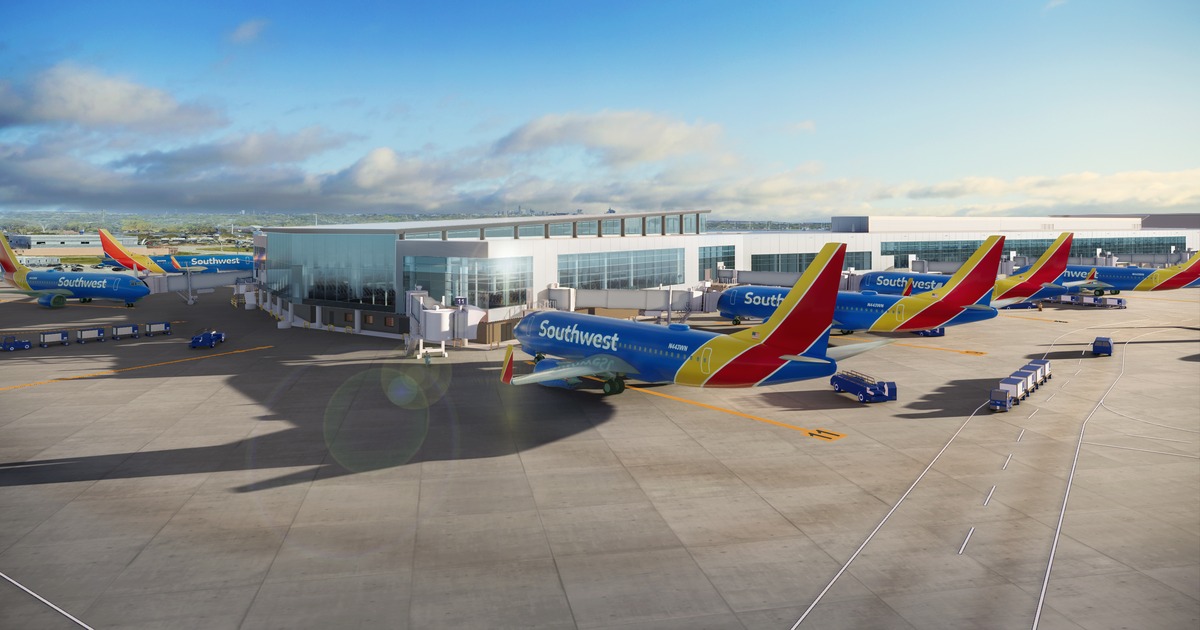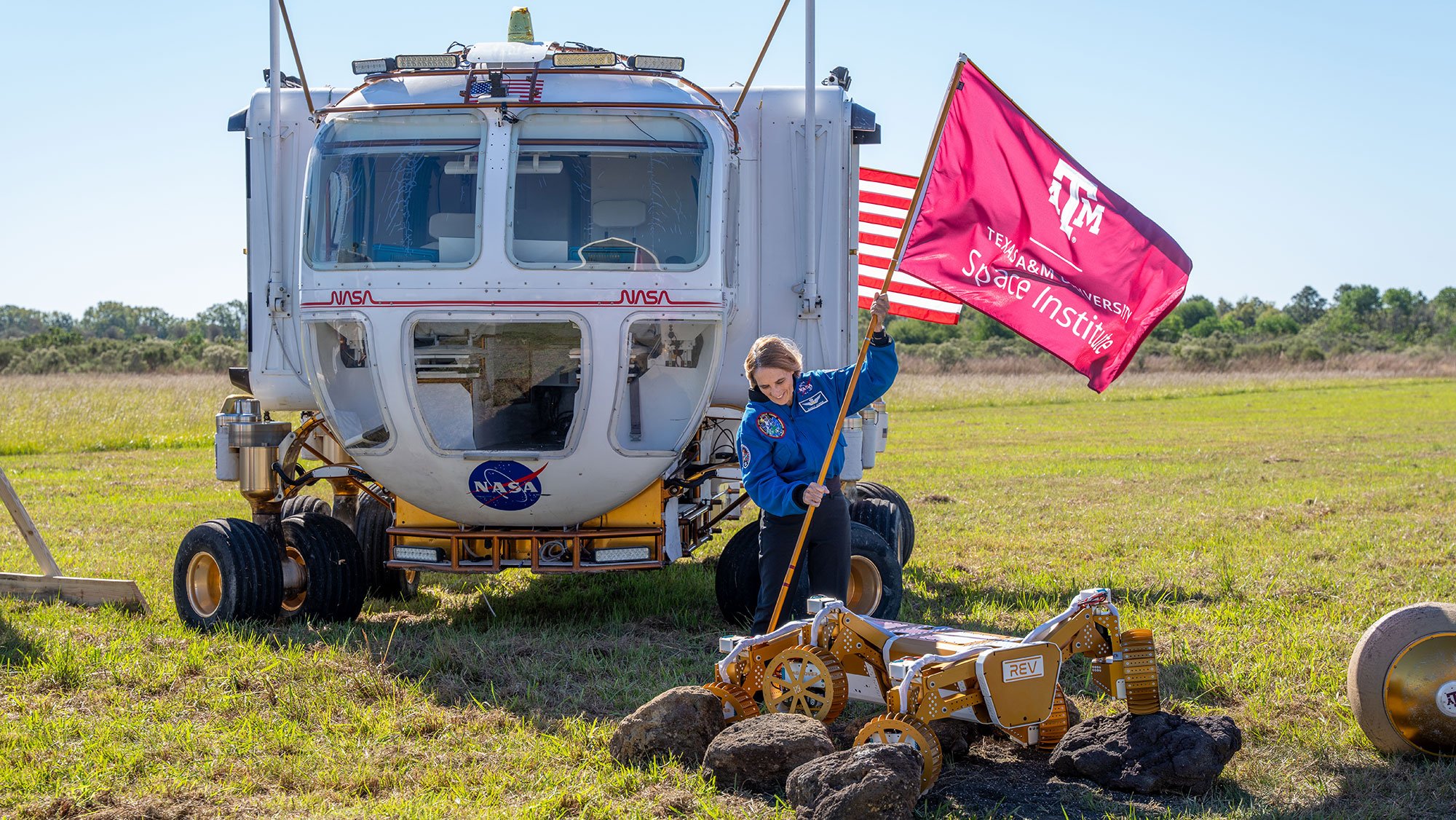Collaboration Key to Igniting Houston's Aerospace Sector
Published Nov 09, 2023 by Alex Peña
Leaders in the aerospace industry convened for the Greater Houston Partnership’s annual Future of Space event this week, highlighting how Houston is positioned to become a leading aerospace hub. Here are a few takeaways.
A Hub for Innovation
The establishment of the Texas Space Commission, propelled by the passing of House Bill 3447, represents a new chapter in Houston's space leadership."HB3447 has set the stage to keep Texas at the forefront of aerospace and space exploration," said Nancy Currier-Gregg, Director of the Texas A&M Space Institute. This legislation allocates $350 million to the commission over the next two years, with over 56% of those dollars invested in the Houston area through the Texas A&M Space Institute—a cutting-edge research and training facility being constructed next to NASA’s Johnson Space Center. The state-of-the-art facility is poised to further bolster Houston's momentum in revolutionizing space exploration. Johnson Space Center Director also praised the legislation, saying " it's going to cement Houston as a hub for space exploration."
Education's Vital Role
Panelists emphasized the vital role of higher education in Houston's space journey. Mario Diaz, the Director of Houston Airports, unveiled plans for the Aerospace Institute, an extension of the San Jacinto College’s EDGE Center at the Houston Spaceport. This visionary initiative seeks to connect students with the aerospace industry, focusing on key elements educating talent for various aerospace roles. With the goal of making Houston a hub for high-tech manufacturing and workforce training, this project is essential in ensuring that Houston has a well-trained and capable workforce to support this growing industry.
"The industry wasn't mature enough to start producing that level of commercial launches that would take 10 spaceports to do, so we decided to develop our strategy to focus on manufacturing with workforce training."
The Future of Space
As we look ahead to the future, the speakers discussed innovations such as electric vertical takeoff and landing (eVTOL), hypersonic and supersonic transport, and widespread broadband internet via satellite constellations like SpaceX's Starlink.
Learn more about Houston's aerospace industry.
 The Houston Report
The Houston Report





















